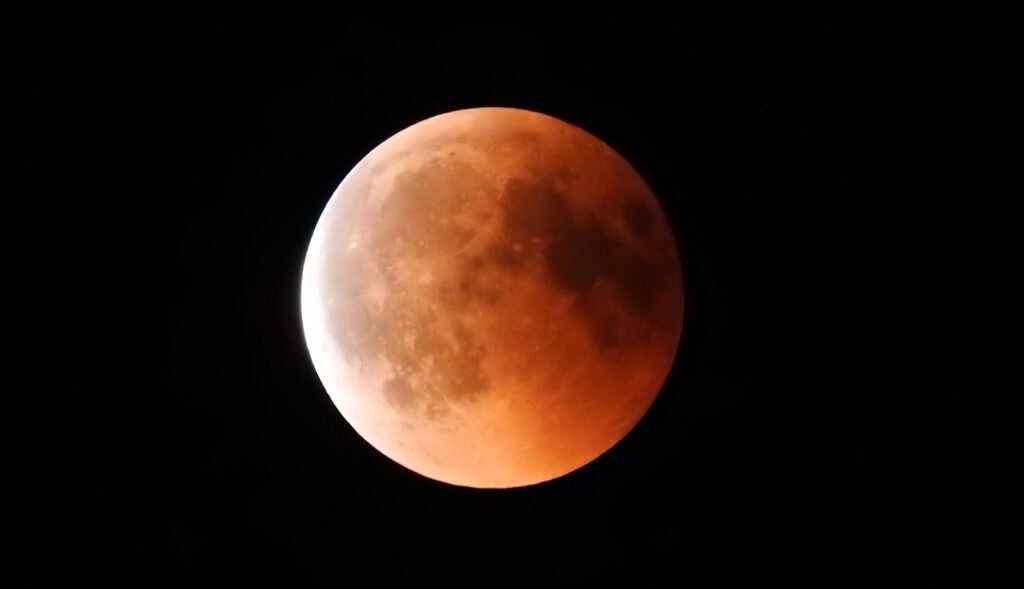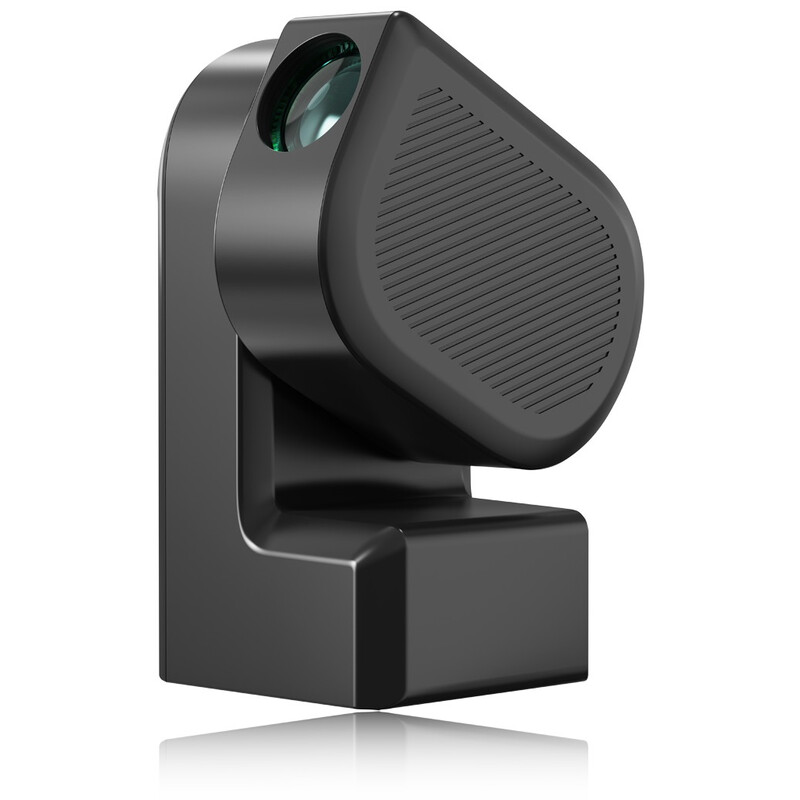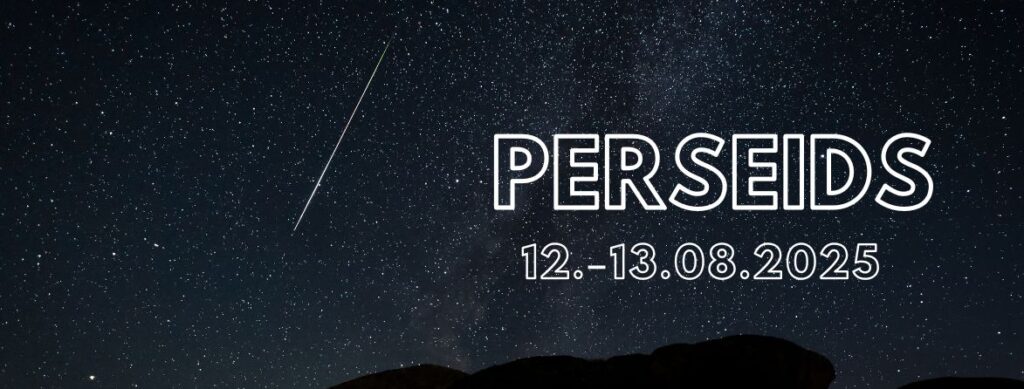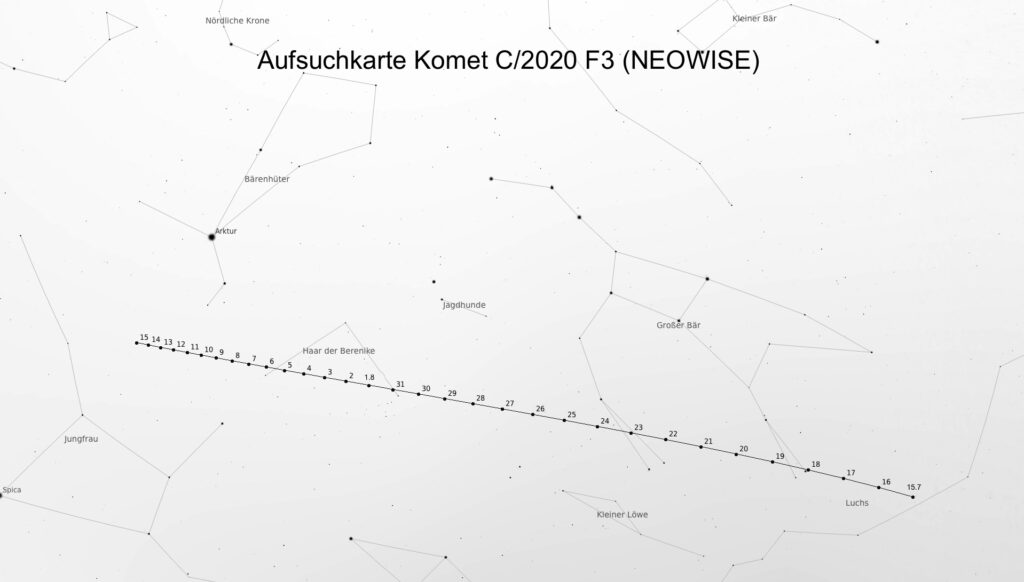Finally, the long wait is over! On September 7, our Moon will transform into a copper-red jewel in the evening sky. The best part: this time, you don’t have to get up in the middle of the night—the eclipse begins during prime family time.
The perfect timing for Moon fans
Normally, the sky has a rather nasty sense of humor. Beautiful events tend to happen at 3 a.m. This time, it’s making an exception! Starting at 7:38 p.m., the Moon will rise above the horizon as a copper ball. By then, the eclipse will already be in full swing.
The eclipse times at a glance (CEST):
6:27 p.m. – Start of the partial phase (below the horizon)
7:30 p.m. – Start of the total phase (below the horizon)
7:45 p.m. – Moonrise – now it begins
8:12 p.m. – Middle of the eclipse
8:53 p.m. – End of the total phase
9:57 p.m. – End of the partial phase
You have over an hour to enjoy this cosmic show.
The perfect viewing spot
During the eclipse, the Moon will be only 4° to 10° above the horizon. So choose a clear spot facing east. A hill, a meadow, or your top-floor balcony—anything where houses and trees don’t block your view.
Pro tip for photographers: The Moon’s low position is actually a gift. Your landscape shots with the red Moon will be absolutely atmospheric.
Part 2
Equipment for the lunar eclipse
After such a long wait, you’ll surely want more than just to look. Here’s your equipment list:
Binoculars
For beginners and all-round observers: The Omegon Blackstar 2.0 8×42 binoculars bring the Moon within arm’s reach. The 8x magnification shows every crater in crisp detail. You don’t need a tripod, and you’ll still get steady images.
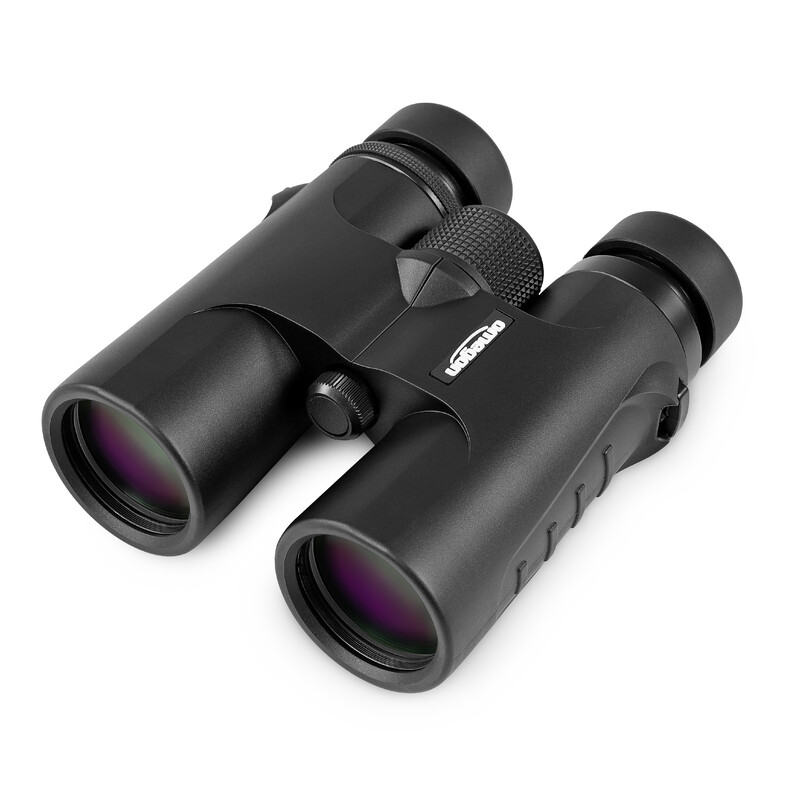
For wide-viewers: The Omegon Blackstar 2.0 10×50 brings you even more detail. With the larger aperture, you collect more light—perfect for future Milky Way trips or viewing open star clusters.
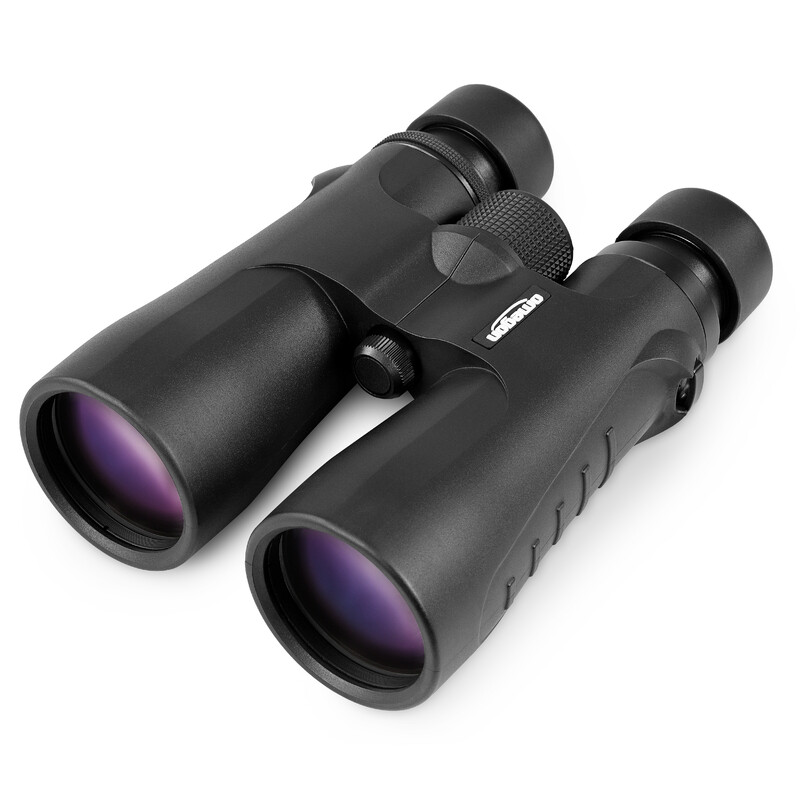
Stability boost: With the stable yet affordable Omegon Basic 250 tripod, you’ll get an even steadier image.
Telescopes
Beginners: The Omegon 90/1000 EQ-2 brings the Moon so close you’ll feel like you can touch it. The equatorial mount automatically tracks the Moon. Great fun for the whole family. The Moon and planets will become your new best friends.
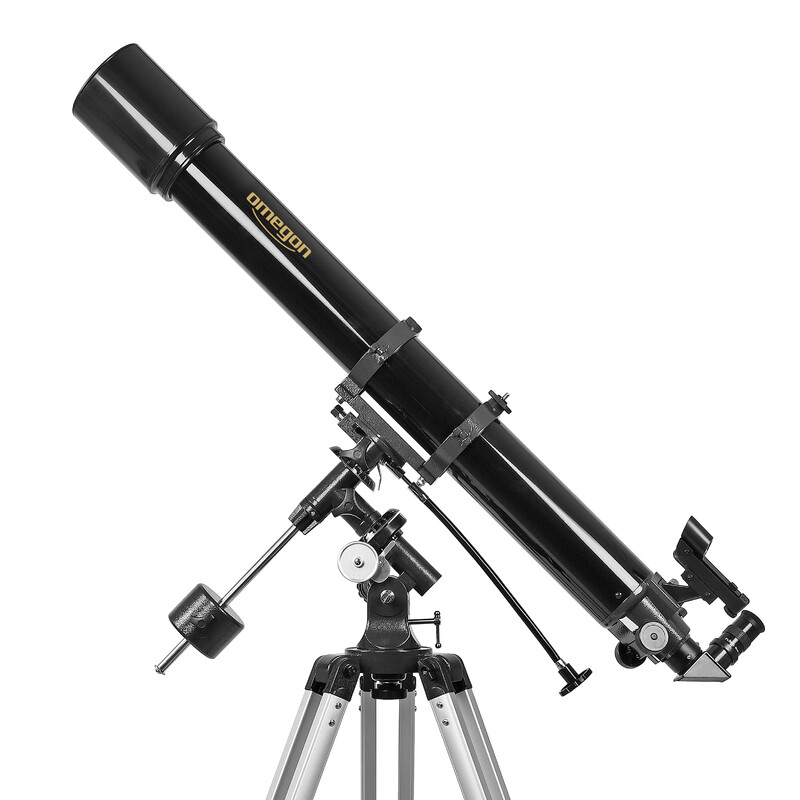
Dobson power: The Omegon Advanced X Dobson 150/1200 is your entry into the league of light-gathering telescopes. A 150 mm aperture means: the Moon, planets, and countless nebulae will be bright and clearly visible. As a new hobby astronomer, you’ll love the intuitive handling—just aim and go!
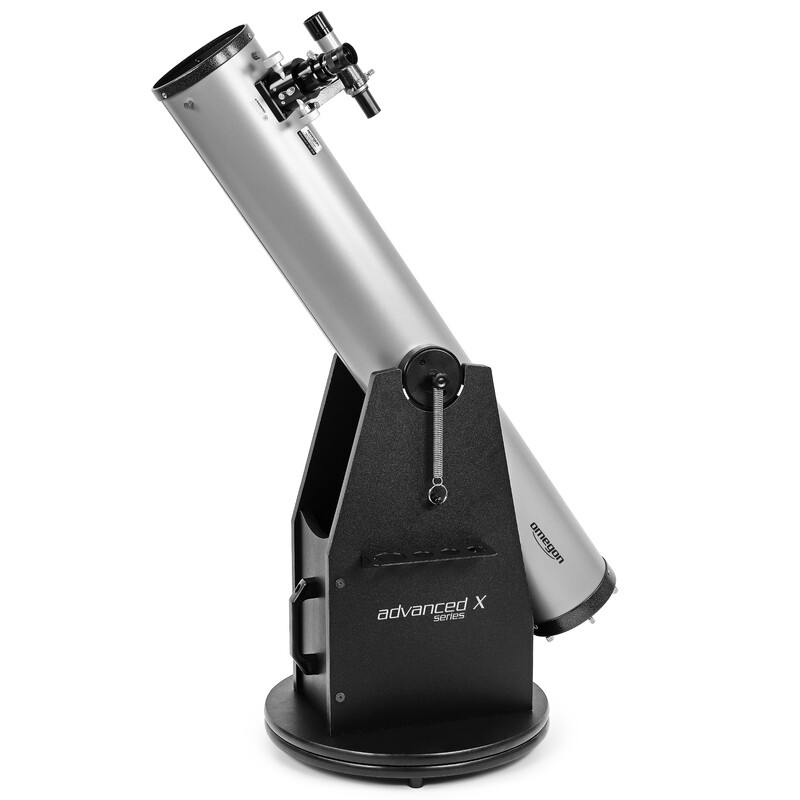
Smart telescopes
Into modern tech? Smart telescopes make astrophotography a breeze. Their apps even have special lunar eclipse modes. Perfect for tech-loving astrophotographers.
Smartphone photography
Want spontaneous snapshots directly through your telescope? The Omegon Easypic Universal Smartphone Adapter fits any 1.25″ eyepiece. Just attach your phone, focus, click, and you’re done.
For advanced users: Check out the camera adapters or special Moon and planet cameras. They’ll help you get the most out of your shots.
An experience to remember
Not until December 31, 2028 will we once again enjoy the next total lunar eclipse. That’s more than three years of waiting! Check your equipment now.

